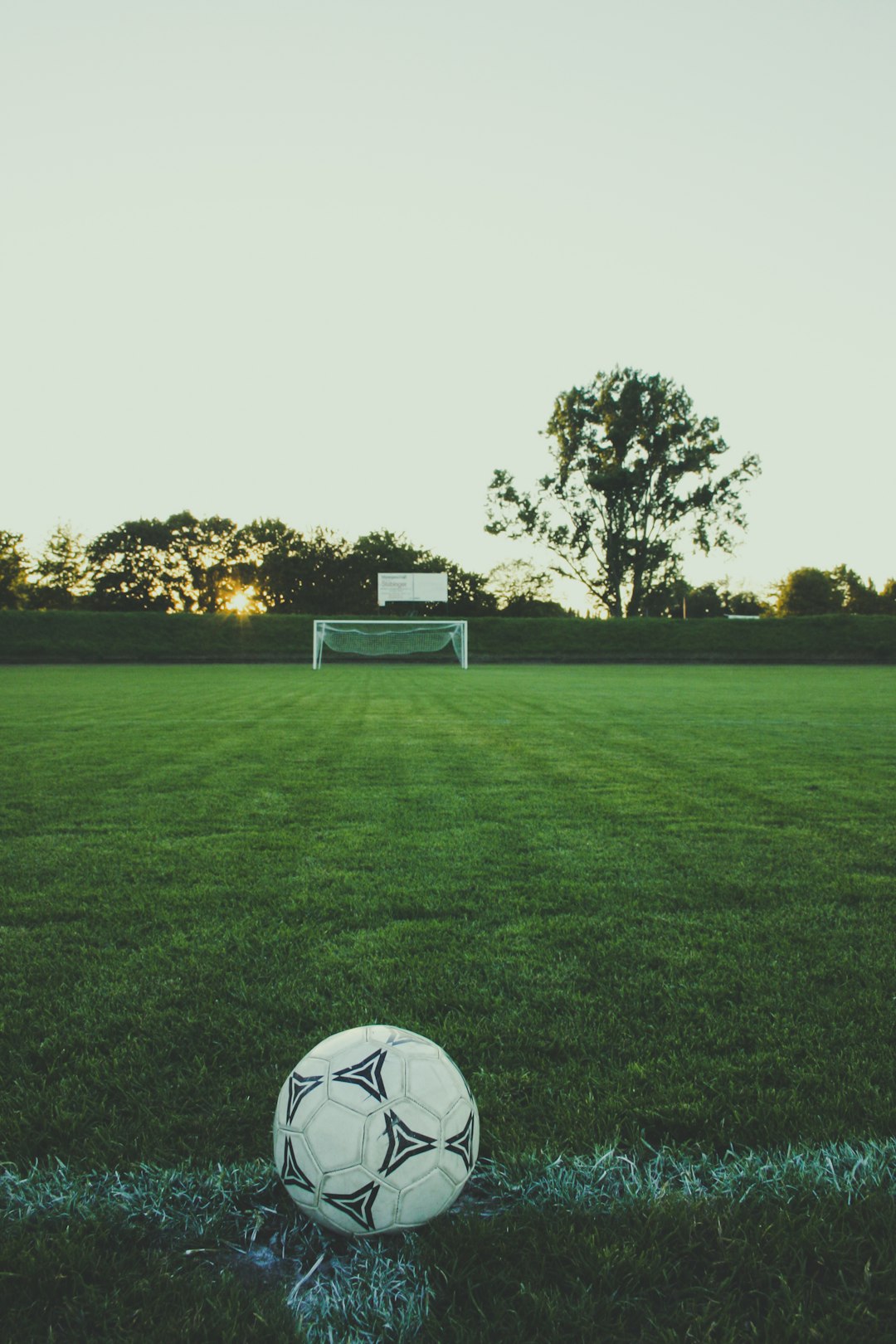Sports Injuries: Prevention and Rehabilitation Techniques
Engaging in sports and physical activities is a fantastic way to stay fit, improve endurance and coordination, and boost overall well-being. However, injuries can sometimes be an unfortunate consequence of an active lifestyle. Whether you are a professional athlete, a weekend warrior, or simply enjoy getting active, it is crucial to understand the importance of preventing and effectively rehabilitating sports injuries. In this blog post, we will explore various techniques for avoiding injuries and ways to speed up your recovery.
Preventing Sports Injuries:
Prevention is always the best approach when it comes to sports injuries. Here are some essential strategies to keep in mind:
1. Warm-up & Stretching: Before starting any physical activity, it is vital to warm-up your muscles and joints. Dynamic warm-up exercises, such as jogging or jumping jacks, increase blood flow to your muscles, making them more flexible and less prone to injury. Follow this with stretching exercises that target the major muscle groups you will be using during your activity.
2. Strength Training: Building strength is a crucial preventative measure against sports injuries. Strength training exercises not only enhance muscle strength but also improve joint stability and overall balance. Focusing on functional exercises that mimic the movements you perform during your chosen sport can be an excellent way to prevent injuries.
3. Proper Equipment & Technique: Always ensure you have the right protective equipment for your sport. Helmets, mouthguards, shin guards, or kneepads can save you from significant injuries. Additionally, learning the correct techniques and form for your sport is essential to reduce the risk of overuse injuries and strains.
4. Rest & Recovery: Rest days and proper recovery are just as crucial as training itself. Avoid overtraining and give your body the time it needs to repair and rejuvenate. Adequate sleep, hydration, and a nutritious diet play an integral role in enhancing recovery.
Rehabilitation Techniques:
Despite our best efforts, injuries can still occur. When they do, the focus should shift to effective rehabilitation techniques. Here are some key steps you can take to get back on track:
1. Early Medical Intervention: Consult a healthcare professional for an accurate diagnosis and personalized rehabilitation plan. Doctors, physiotherapists, and sports medicine specialists can evaluate your injury and recommend appropriate treatments to promote healing.
2. R.I.C.E Method: Rest, Ice, Compression, and Elevation (R.I.C.E) is a common method used to treat acute injuries. Resting the injured area while applying ice, compression, and elevation helps reduce pain, inflammation, and swelling.
3. Physical Therapy: Physical therapy plays a crucial role in the rehabilitation process. A skilled physiotherapist can design an exercise program tailored to your injury, gradually improving strength, flexibility, and stability. They may also include other modalities such as ultrasound or electrical stimulation to facilitate healing.
4. Gradual Return to Activity: Rushing back into sports too soon can lead to reinjury. It is essential to follow a step-by-step, gradual return-to-activity plan created by your healthcare professional. This ensures your body has fully recovered, reducing the risk of recurrent injuries.
5. Cross-training: Engaging in alternative activities during the rehabilitation phase can help maintain cardiovascular fitness and prevent muscle atrophy. Discuss with your healthcare provider which activities are suitable for your specific injury.
Conclusion:
Sports injuries can be frustrating setbacks, but with proper prevention and rehabilitation techniques, you can minimize their impact. Remember to warm-up, stretch, and strengthen your body before engaging in physical activity. Additionally, seek professional guidance and follow a holistic approach to rehabilitation if an injury occurs. By prioritizing your well-being and taking the necessary steps, you can quickly regain control of your active lifestyle.
